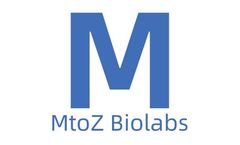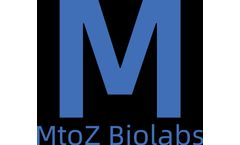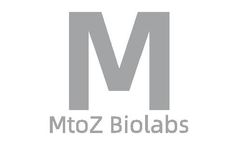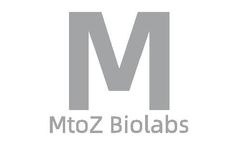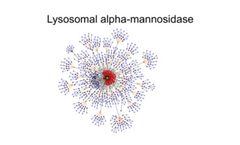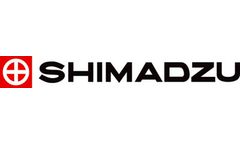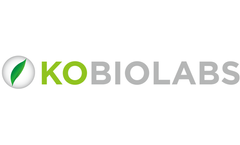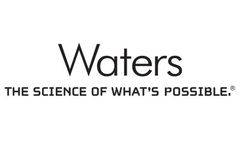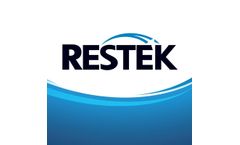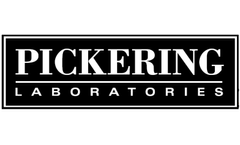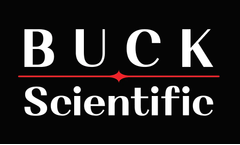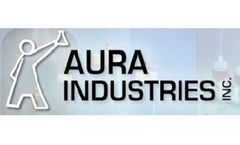Chromatograph Articles & Analysis: Older
16 articles found
The content of collagen can be accurately determined by comparing the chromatographic peaks of unknown samples with those of standard products with known concentrations.SpectroscopyUltraviolet-visible (UV-Vis) absorption spectroscopy can be used to measure the concentration of collagen, as proteins absorb ultraviolet light at specific wavelengths (such as 280nm). ...
By comparing the retention times of different monosaccharides on the chromatographic column, the types of monosaccharides can be identified. Mass spectrometry can provide more detailed information about the monosaccharides, including the exact mass, structure, and connection method of the monosaccharides. ...
Enzymatic HydrolysisProteolytic enzymes are used to further break down collagen into peptides or amino acids, which helps to improve its resolution and detection sensitivity in LC.3. Chromatographic AnalysisSelect appropriate chromatographic columns (such as reverse phase columns) and mobile phases (such as water/acetonitrile or water/methanol gradient) to ...
Hydroxyproline Content Determination(1) Collagen is rich in hydroxyproline, thus, the collagen content can be indirectly calculated by determining the hydroxyproline content of a sample.(2) This method typically involves acid hydrolysis of the sample to release the amino acids which are then analyzed using an amino acid analyzer or chromatographic techniques.2. Specific Staining ...
NMR spectroscopy does not require chromatographic processing. Sample preparation is simple and can be repeated multiple times. ...
In GC-MS, bile acid samples undergo vaporization and gas-phase separation within the chromatograph. Subsequently, the gas-phase components are introduced into the mass spectrometer for ionization and analysis. ...
In addition, as the purification cycle increases, HCPs can accumulate on the surface of the Protein A resin, thereby contaminating the chromatographic resin, resulting in reduced column performance and shortened lifetime. ...
Chromatography Chromatography is a means of separation and analysis. The main chromatographic detection techniques include gas chromatography, liquid chromatography, and thin-layer chromatography. ...
HRP in different activities 1) RZ > 3 activity > 250 u/mg, mainly used in immunology, is a high purity peroxidase. Special chromatographic purification techniques are used to remove isozyme B which can affect immunological reactions. (2) RZ > 2 activity > 180 u/mg is mainly used in clinical chemistry, but some of the customers have also used this size product in ...
This study optimizes a quantitative chromatographic determination of 15 cannabinoids using the Shimadzu Hemp ...
The organic layer was collected and analyzed using an Agilent 7890A gas chromatograph (Agilent Technologies, Santa Clara, CA, USA) under the following conditions; 1.5 kV of capillary voltage. ...
The ACQUITY QDa mass detector, which can be used by chromatographers with their existing bioseparations systems, allows these labs to collect their own mass data in a compliant manner, leading to streamlined workflows and faster time-to-results. ...
Abstract A liquid chromatographic method was developed to resolve a comprehensive set of metabolites of JWH-018 and JWH-073. ...
The detected signal, in conjunction with a reproducible retention time for a chromatographic method, is usually sufficient to identify and (with an appropriate set of calibration standards) quantify each analyte of interest. ...
To insure the consistency of the data from material tested by these guidelines, these agencies provide a number of BASIC requirements for the Instrumentation (spectrometers, chromatographs, software) and Sample Handling (collection, storage, preparation). ...
Recovery studies have proven the reliability of this process and development of fast chromatographic separations provide enhanced throughput without additional capital investment. ...

